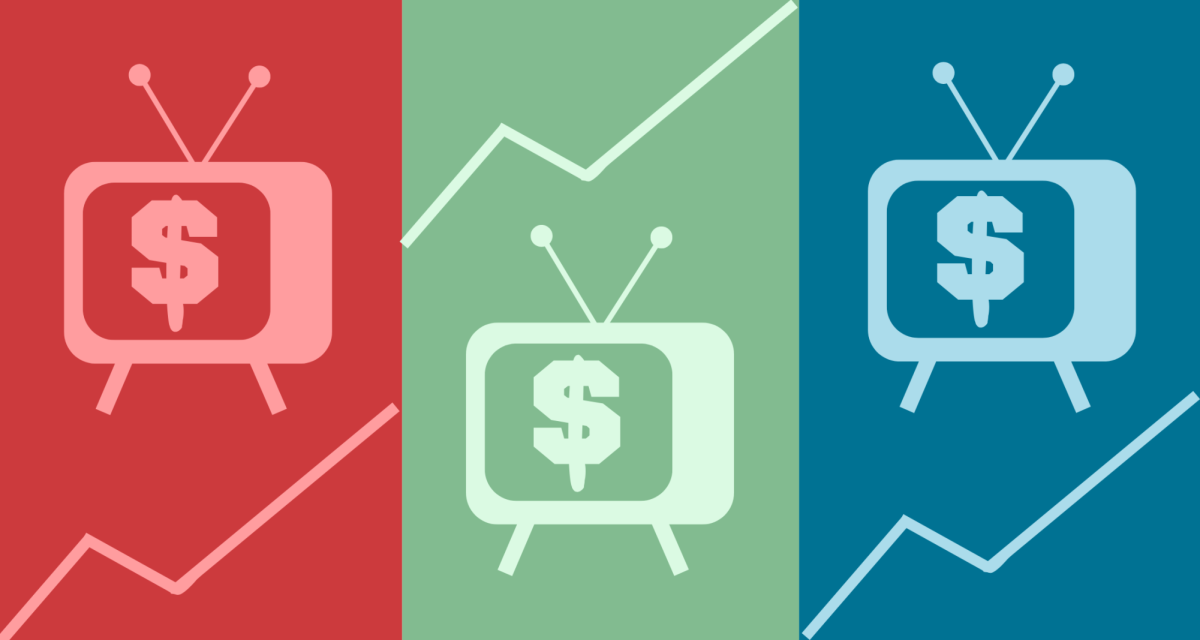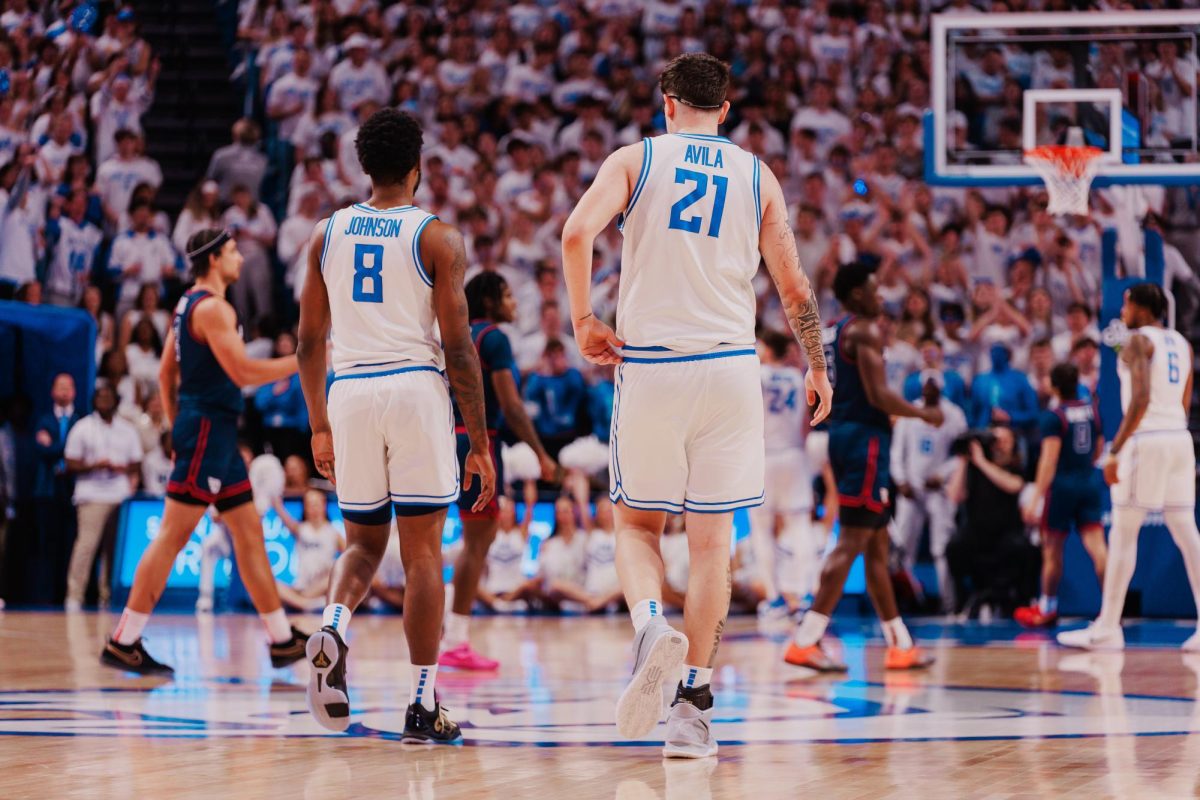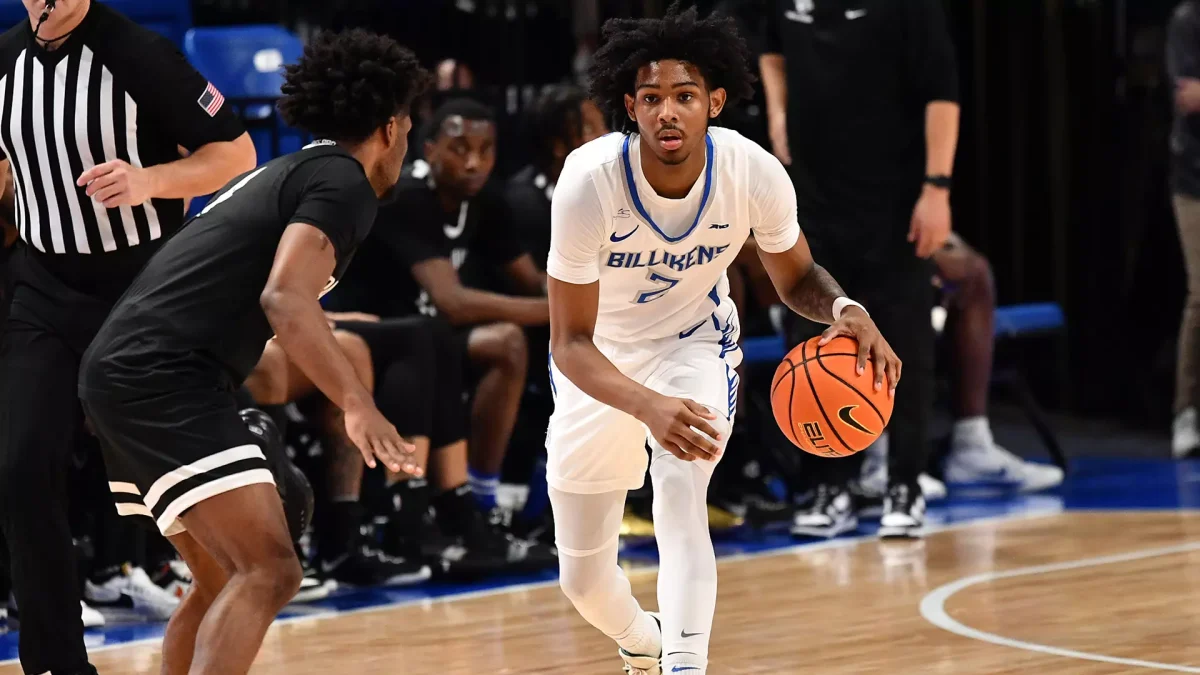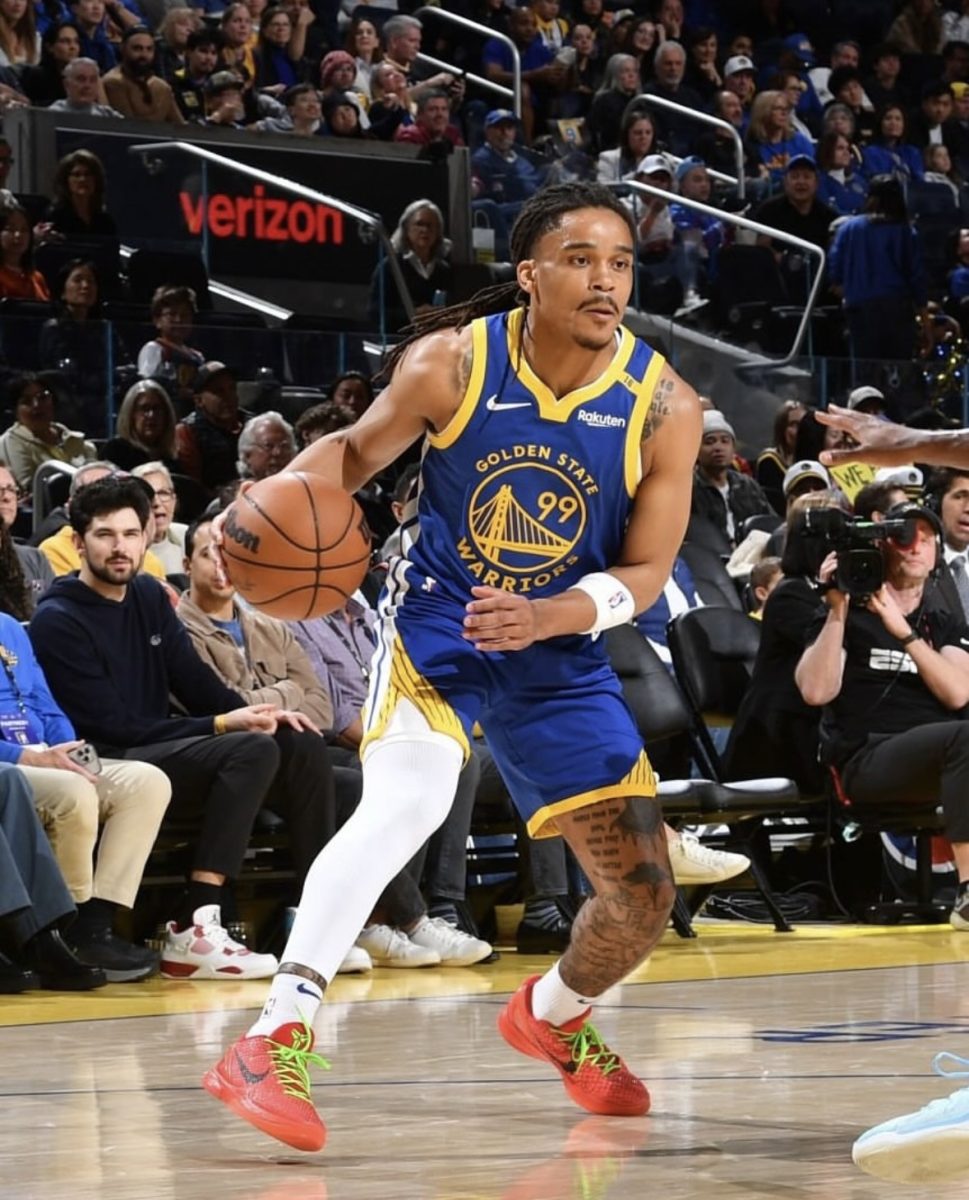In recent years, it has become increasingly harder for sports fans to watch and support their favorite teams from the comfort of their own home. With the emergence of multiple streaming platforms, each boasting unique viewing opportunities, it now appears virtually impossible or customers to meet all their spectating needs with just one subscription.
Since cable TV’s decline in the early 2010s, the success of the streaming service industry skyrocketed. Now, many households have gotten rid of cable TV, now watching movies, news, shows and sports on streaming platforms. Initially, people made this switch because they thought it was cheaper; however, with the emergence of more streaming platforms, some think these services and their diverse offerings leave the consumer spending more money in the end. If you’re a sports fan or have tried to watch a game recently, you most likely started by searching online for where to watch the game, followed by some brief research on how much it might cost you to utilize whatever streaming platform the event was offered on. Hulu + Live TV, YouTube TV, Apple TV+ and ESPN+ all offer sports streaming options.
The popular sports streaming service, ESPN+, broadcasts sports that are otherwise not usually available on cable channels. However, despite ESPN+ having a wide array of available broadcasts, it does not cover all the events fans may want to see. For example, viewers aren’t guaranteed access to watch all MLB, NBA or NFL games. Although ESPN+ will occasionally cover games in these leagues, other subscriptions are required for consistent access to these events.
Often, if a game is being streamed on a cable TV network, it is also streaming on their corresponding streaming platform, such as ABC and Hulu + Live TV, CBS and Paramount+, and NBC and Peacock. When games are not streamed on these networks, league-specific streaming services may be necessary to watch certain games.
To watch MLB games, MLB.TV offers fans out-of-market games, but still has periodic location-based blackout restrictions. A blackout restriction makes certain sporting events occasionally unavailable in specific areas.
For NFL games, the most comprehensive option is NFL Sunday Ticket, available through YouTube and YouTube TV. Out-of-market NBA games are broadcasted through NBA League Pass, but these games are also subject to blackout restrictions. As reported by NBC News, by the start of the next NBA season, fans will need subscriptions to Amazon Prime Video and Peacock if they want to view all games.
Additionally, games not broadcasted on these platforms will be on ABC and NBC, as well as through ESPN on cable TV, meaning that fans will still need access to traditional TV on top of the two streaming subscriptions to have access to all NBA games throughout the season. Although you can watch some professional baseball, football and basketball games on ESPN+, Major League Soccer is not included. Apple TV owns the rights to broadcast MLS games, meaning that if you’re a soccer fan, be prepared to add one more subscription payment to your ongoing list.
Cost is an important consideration for fans deciding how they will watch their favorite teams each season. For example, ESPN+ has a subscription rate of $12 per month, or $120 dollars per year. An additional fee applies when ESPN partners with UFC to bring pay-per-view events to ESPN+. A significant note is that there is currently no ad-free version of ESPN+, unlike other platforms, who often offer a slightly higher price for ad-free relief.
A large demographic of the sports-viewing population includes college students. Many students move away from their hometowns for college but still want to watch their teams from campus. Since these students are most likely looking to view out-of-network games, one can assume that higher-tier subscriptions are needed. Add into this equation the fact that students probably want to watch and support their university’s athletic programs too, making their monthly bill not so convenient or affordable.
The more streaming platforms that emerge, the more complicated and expensive watching live sports seems to be for fans. With companies offering different bundles with each other, changing which games are broadcast weekly and having exceptions or blackout restrictions for certain games, it looks as though there is no way to avoid paying for more than one service. Navigating these subscriptions has already caused frustrations for fans and will only worsen as companies expand and new platforms arise.












Kelly Decker • Jan 11, 2025 at 4:52 pm
Just tell the NFL that their decision to stream playoff games sucks.